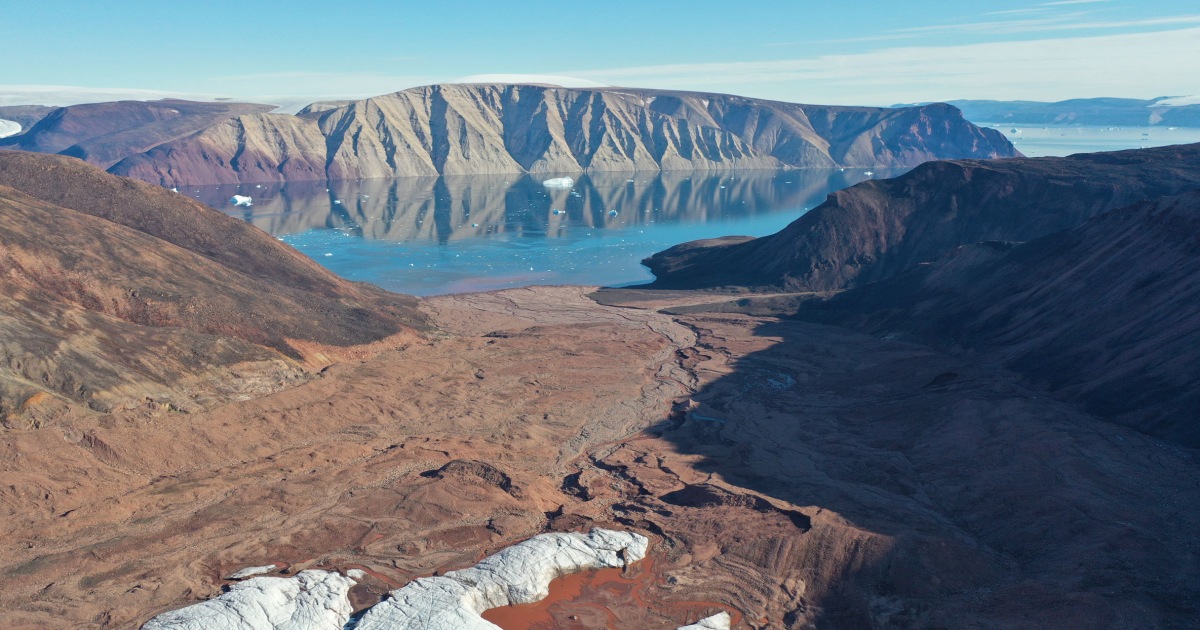
The study found that an estimated 11,000 square miles of Greenland’s ice sheet and glaciers have melted over the past 30 years — an area roughly nine times the size of Rhode Island and equivalent to around 1.6% of Greenland’s total ice cover.Using satellite images, the researchers found that the amount of land with vegetation growing on it has increased by 33,774 square miles from the mid-1980s through the mid-2010s. Some of the most significant changes were observed across southwestern, eastern and northeastern Greenland, according to the study.
Wetlands, in particular, nearly quadrupled across Greenland over the study period, particularly around the town of Kangerlussuaq on the western coast.
The observed changes are not just bad news for Greenland’s ice sheets and glaciers, said Jonathan Carrivick, an Earth scientist at the University of Leeds in the United Kingdom and one of the authors of the study.
“We have seen signs that the loss of ice is triggering other reactions which will result in further loss of ice and further ‘greening’ of Greenland, where shrinking ice exposes bare rock that is then colonised by tundra and eventually shrub,” Carrivick said in a statement.
“At the same time, water released from the melting ice is moving sediment and silt, and that eventually forms wetlands and fenlands,” he said.